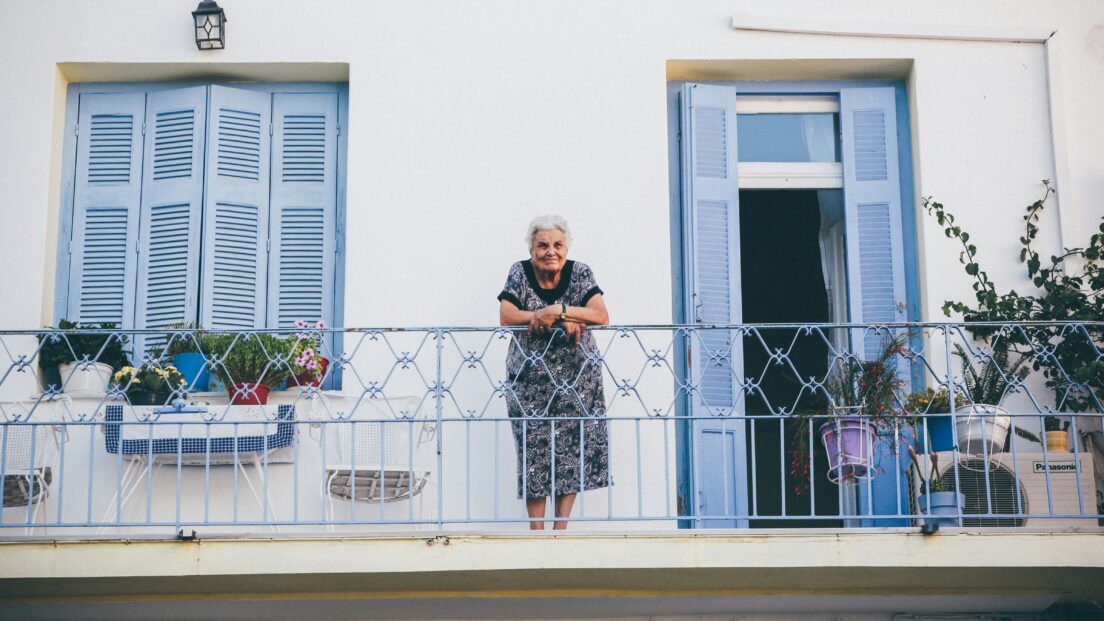Housing situation of older people in Switzerland

Older people in Switzerland often live in central, spacious and affordable flats, but there is often a lack of accessibility and age-appropriate furnishings. The "Housing in old age" study carried out by Lucerne University of Applied Sciences and Arts on behalf of the Federal Office for Housing (BWO) also shows that many senior citizens live in isolation, especially single people.
Low residential mobility despite changing needs
The majority of over 75-year-olds remain in their homes despite changing housing requirements. Only 5.1 per cent of this age group moved in 2022. The reasons for this are long-term, favourable rental agreements, central residential locations and emotional attachment to the home. High market rents and relocation costs also act as a deterrent. If a move does take place, it usually remains within the region or leads to a care facility.
Barriers in older residential buildings make everyday life more difficult
Over 60 per cent of people over the age of 66 live in buildings that are not barrier-free. Stairs, narrow doors or a lack of lifts can make everyday life more difficult and increase the risk of falls and health problems. Necessary renovations are often difficult to realise.
Loneliness as a key challenge
77 per cent of older people live alone or with people of the same age, which increases the risk of social isolation. Older women, who are more likely to be single, are particularly affected. Loneliness has a negative impact on physical and mental health and increases the need for support in everyday life.
Barrier-free housing and better support
The study recommends better integrating older people into the regular housing market and creating barrier-free housing in a targeted manner. In addition to age-appropriate renovations, new forms of housing close to care facilities are needed. Social networks and support services should also be expanded to enable people to live independently.
Data-based findings for the future
The study is based on extensive data analyses on residential buildings, households, income and tenancies. These allow precise insights into the housing situation of older people and provide a scientific basis for future measures.